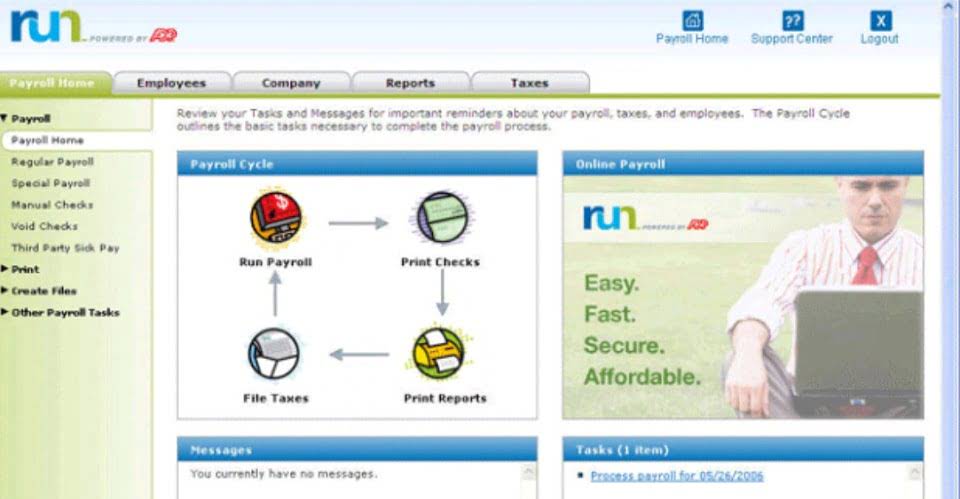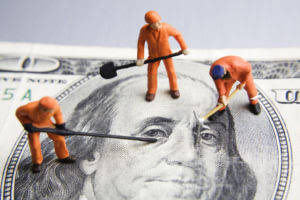
As depreciation accumulates, it diminishes the asset’s book value and the corresponding expense affects net income, reducing a company’s profitability for the reporting period. Carrying cost refers to the value of an asset as it appears on the balance sheet. It’s calculated as the original purchase price minus accumulated depreciation. In accounting, carrying cost provides a clear picture of an asset’s book value over time. As a contra-asset account, it offsets the cost of an asset on the balance sheet, showing its reduced book value rather than its original purchase price. This allows businesses to track the net value of their assets over time and make informed financial decisions regarding asset replacement, maintenance, or disposal.
- The useful life of the equipment depends on factors such as its expected usage and technological changes.
- Making sure your depreciation journal entries are recorded correctly helps you stay on top of your fixed asset management.
- Depreciation is recorded in the company’s accounting records through adjusting entries.
- You might have various assets in your business, like machinery or office equipment, and each of these loses value over time.
- If your accountant prepares adjusting entries, he or she should give you a copy of these entries so that you can enter them in your general ledger.
How do you reflect a gain on the sale of an asset in your financial records?
- If an asset’s value increases, this increase is not included in the depreciation journal entry.
- With few exceptions, most businesses undergo a variety of changes that require adjustment entries.
- When the goods are sold, some of the depreciation will move from the asset inventory to the cost of goods sold that is reported on the manufacturer’s income statement.
- Once you have your data and chosen depreciation method, use the corresponding formula to calculate the annual depreciation expense.
- The two most common accelerated depreciation methods are double-declining balance and sum-of-years’ digits.
It’s recorded through the accumulated depreciation account, which offsets the asset’s original cost on the balance sheet. This process ensures your financial statements reflect the declining value of assets as they age or are used. From the view of accounting, accumulated depreciation is an important aspect as it is relevant for capitalized assets. However, the company’s cash reserve is not impacted by the recording as depreciation is a non-cash item. Therefore, the cash balance would have been reduced at the time of the acquisition of the asset. The main objective of a journal entry for depreciation the entry to record depreciation expense expense is to abide by the matching principle.
What is the Journal Entry for Depreciation?
If in the next month only 10 items are produced by the equipment, only $40 (10 items X $4) of depreciation will be reported. The combination of an asset account’s debit balance and its related contra asset account’s credit balance is the asset’s book value or carrying value. Depreciation is recorded in the company’s accounting records through adjusting entries. Adjusting entries are recorded in the general journal using the last day of the accounting period. Both the asset account Truck and the contra asset account Accumulated Depreciation – Truck are reported on the balance sheet under the asset heading property, plant and equipment. In accounting, the matching principle says we should record expenses in the same period as the revenue they help generate.

Depreciation Journal Entry
If so, do you have any accounts receivable at year-end that you know are uncollectable? If so, the end of the year is a good time to make an adjusting entry in your general journal to write off any worthless accounts. If you have employees, chances are you owe them a certain amount of wages at the end of an accounting period. One common mistake is recording depreciation in the wrong accounting period. For example, you might forget to record it at the end of the month or year, or worse, record what are retained earnings it too early or late.

My Account
Accumulated depreciation, on the other hand, is the total depreciation recorded for an asset since it was acquired. It’s a contra-asset account on the balance sheet that offsets the asset’s original cost, providing a more accurate picture of its net book value. Over time, as more depreciation is recorded, the accumulated depreciation balance increases until it equals the asset’s original cost, at which point the asset is considered fully depreciated.
The furniture has a useful life of 5 years and a SAR 7,000 salvage value. You’ve chosen the straight-line depreciation method, which spreads the cost evenly over the asset’s useful life. After recording, subtract the accumulated depreciation from the asset’s original cost to determine its book value. Each method affects how much depreciation you record and how it appears in your financial statements. This method records more depreciation in the earlier years of an asset’s life and less in the later years.

Since it is recorded as an expense in the income statement, it reduces the net income of the company. However, since it is a non-cash expense, it does not affect the cash flow of the company. In this example, we use the straight-line method to calculate the value of depreciation. You can also use any method, but the entries will be the same for all the methods. This amount should be deducted from the income statement of the company. The depreciation is an expense allowed to deduct from the company’s profit.
Accruing dividends and income taxes payable, and adjusting for the sale of fixed assets

In this case we cannot apply the Coffee Shop Accounting entire annual depreciation in the year 2018 because the van has been used only for 9 months (April to December). After the asset’s useful life is over and when all depreciation is charged, the asset approaches its scrap or residual value. Understanding these advanced concepts in depreciation can help a business owner make better decisions about how to manage their assets and allocate resources.
Step 4: Update Financial Statements
Instead, depreciation is merely intended to gradually charge the cost of a fixed asset to expense over its useful life. It’s a common misconception that depreciation is a form of expensing a capital asset over many years. Depreciation is really the process of devaluing the capital asset over a period of time due to age and use.